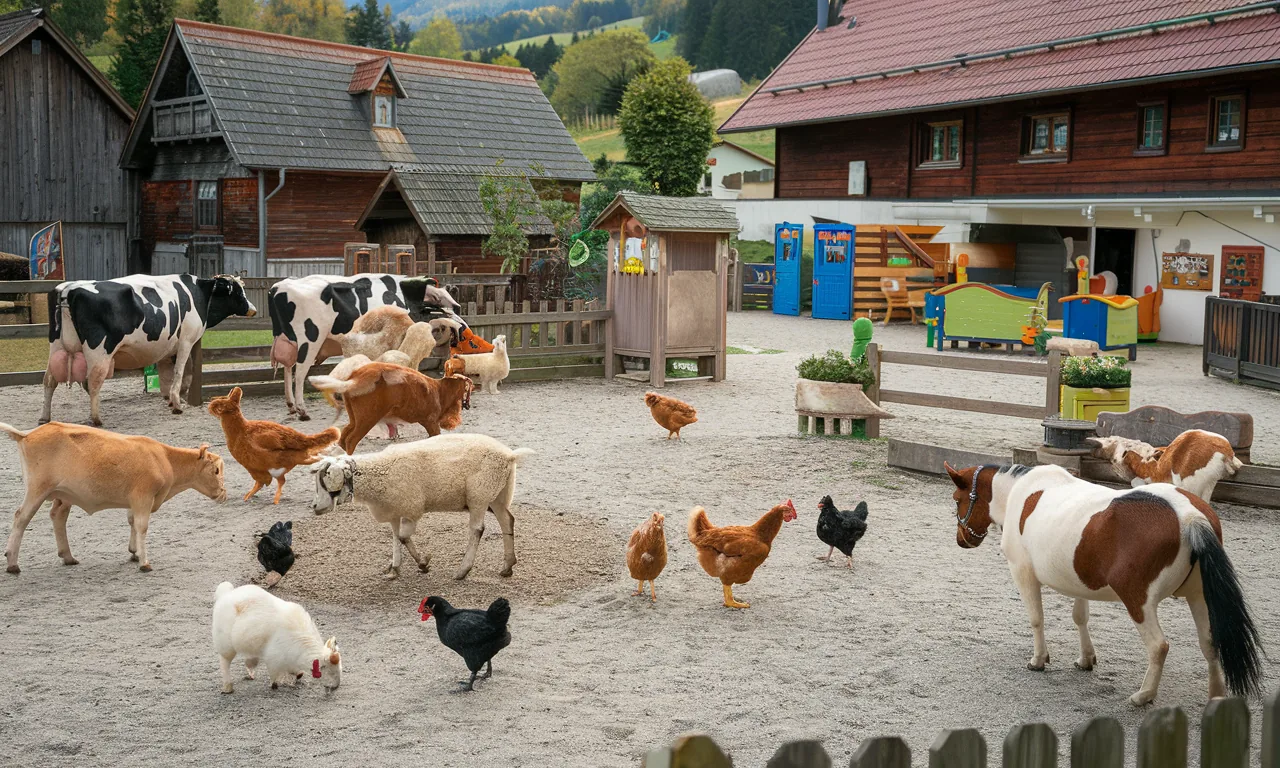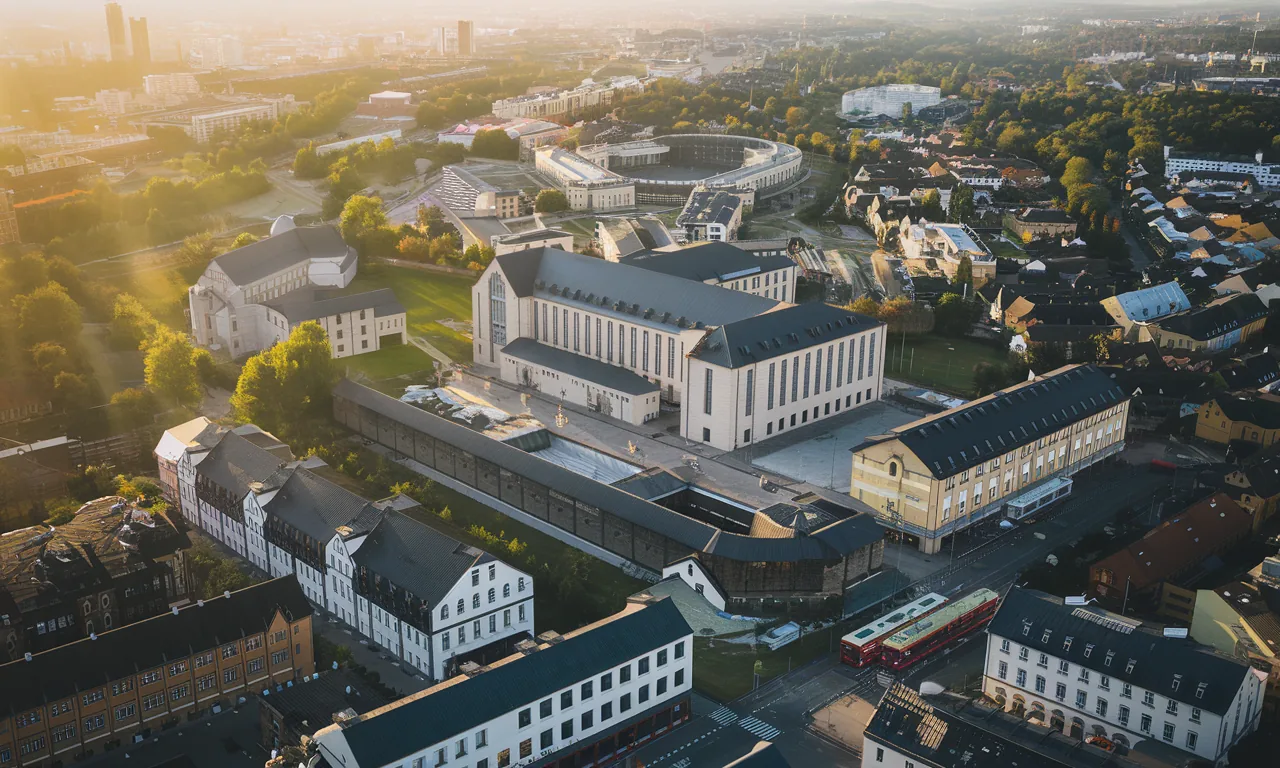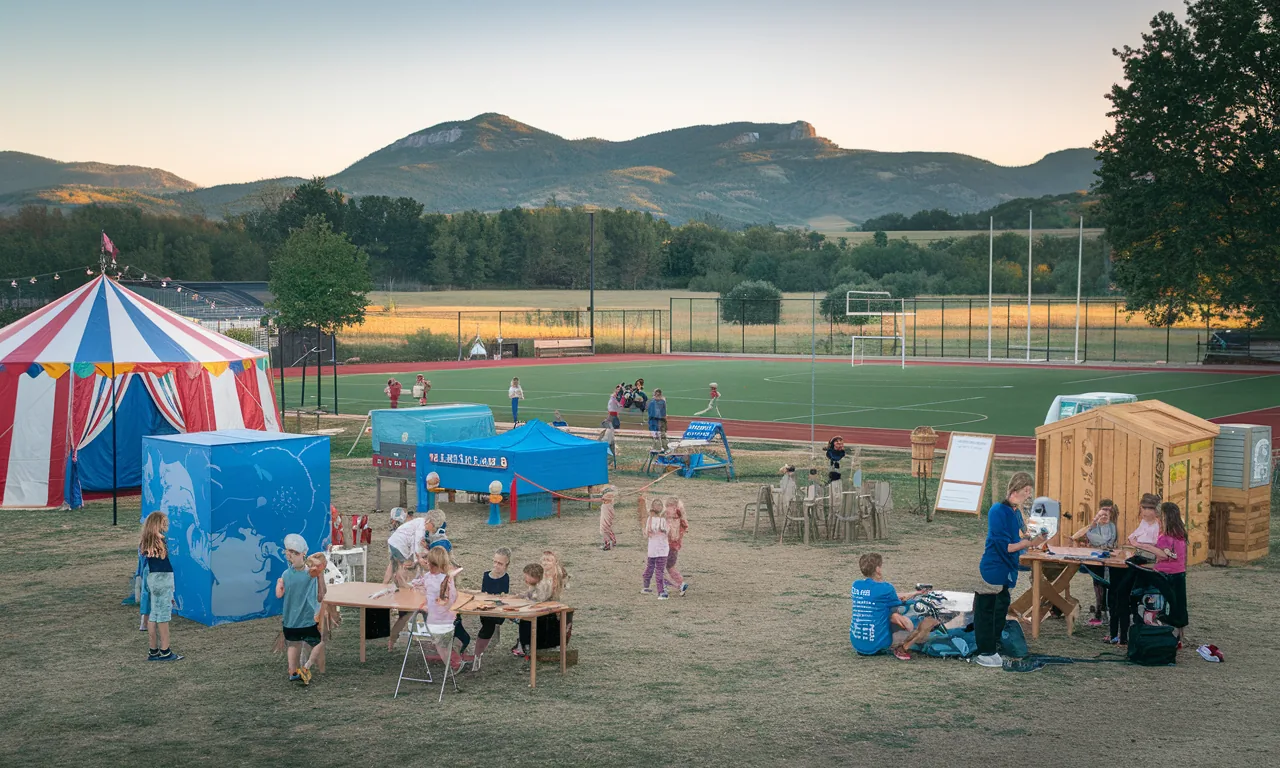Traunstein: Smart City with Fiber Optics, Gigabit & Twin
How Traunstein is Becoming a Smart City: Fiber Optics, Data, Twin
Traunstein combines gigabit expansion, anonymized visitor data, and a Digital Twin. The goal: less searching, more rhythm in traffic—and a city center that measurably better supports events and commerce.
What's it about
Can a city become noticeably more relaxed thanks to data—and at the same time economically stronger? In Traunstein, the signals are pointing that way. Two examples showcase the approach: A wine festival became a silent data hero, and mobility simulations showed how parking searches could be shortened. Here is an overview of the building blocks and benefits.
- High-performance networks: Fiber optics close to homes and businesses, gigabit-capable connections.
- City center analytics: anonymized pedestrian frequency, routes, and dwell time since 2022.
- Digital twin: standards-based, vendor-independent—with simulations for mobility and participation.
Fiber Optics and Gigabit: The Foundation of the Smart City
The road to the digital future begins underground: fiber optics close to homes and businesses, gigabit-capable connections for stable, fast networks. Traunstein is taking advantage of combined funding programs from both the federal government and the state—including the Federal Gigabit Subsidy and the Bavarian Gigabit Directive (BayGibitR). The city is making the process of survey of existing infrastructure, market exploration, profitability analysis, and selection procedure transparent.
According to the city, subsidized expansion began in October 2025; construction will continue through 2026. Several city and district areas are being supplied, including:
- Hochberg
- Tinnerting
- Irlach
- Kammer
- Rettenbach
- other areas of the city
This creates the digital basic infrastructure for everything that follows—from home office to telemedicine, from connected manufacturing to intelligent traffic management. For residents, this means: reliable streaming, stable video conferences, and new service offerings. For businesses: future-proof locations and better competitiveness. For visitors: services that work on smartphones—without dead spots in the city center.
Pedestrian Frequency and Visitor Analysis Since 2022
Since mid-2022, Traunstein has been anonymously measuring how lively squares and paths are in the city center. The focus is on pedestrian frequency, people counting, typical routes and dwell time. It's about flows and patterns, not individuals. The project is funded by a federal program to strengthen future-proof city centers. In 2024, Traunstein's activity around a winter event in the park was highlighted in Bavarian city marketing contexts (source to follow: TODO-link).
The analysis helps to prevent vacancies, measure event impact, discover potential in secondary locations and identify changes early. Decisions are made based on facts—for example, when additional seating, a temporary stage or a new route makes sense. Retailers also benefit: frequency patterns reveal where storefronts are particularly well perceived—and where they are not.
Digital Twin for Mobility and Participation
In parallel, the city is relying on a digital twin focused on mobility. Funded via a Bavaria-wide program, the project phase ran from April 2023 to March 2024. The digital twin maps streets, intersections, parking areas, or bike paths in a data and visualization environment—standards-based (e.g., OGC CityGML, SensorThings API) and vendor-independent. This enables analyses and simulations that go beyond classic plans.
What is simulated?
- Traffic light phases and crossings: How do adjusted timings change traffic flows?
- Parking: How does a new short-term parking zone affect occupancy and search times?
- Bicycle network: Which routes do cyclists use when gaps are closed?
- Events: How do flows respond to markets, festivals, or construction sites—and which detours make sense?
Visualizations make impacts understandable and invite participation. Decisions become more transparent, conflicts more manageable.
Traffic Flows, Dwell Time: Measurable Benefits
The impact of data-driven city center development is visible in specific cases. A published case study by a technology provider reports about a wine festival in Traunstein: visitor numbers rose significantly, dwell time noticeably increased (source to follow: TODO-link to the case study). This led to more encounters, longer conversations, higher revenues for the food service industry and retail—as well as better utilization of adjacent squares, because routes and offerings were tailored accordingly.
Derived Fields of Action
- Mobility: Intersections, timings, and crossings are optimized for pedestrians, cyclists, and cars.
- Bicycle infrastructure: Data shows where people actually cycle; this is where closing gaps, installing parking, and making improvements pays off.
- Event planning: Route guidance, stage positions, signage—measurable, testable, improvable.
- Weather effects: Temperature and rain influence frequencies—useful for staff planning and offerings.
This clarifies why Traunstein interlinks the three pillars: Fiber optics/gigabit provide the foundation, measurement systems make changes visible, the digital twin allows testing of solutions. This creates a cycle of learning, planning, and improvement.
Data Protection, Quality, and Open Standards
- Data protection by design: Collection of anonymized, aggregated data without reference to individuals. Orientation toward GDPR (Art. 5 data minimization; Art. 25 data protection by design and by default).
- Quality assurance: Documented interfaces, plausibility checks, versioning of data sets.
- Open standards: Use of OGC standards (e.g., CityGML for 3D city models, SensorThings API for sensor data) to ensure interoperability and vendor independence.
- Transparency: Public documentation of essential steps from market exploration to the selection procedure.
Outlook: Trends, Opportunities, and Needs
- More real time: Additional sensors for traffic, air quality, and parking (data protection compliant) feed the digital twin.
- Intelligent mobility: Dynamic parking guidance, better coordinated timings, safe cycling corridors.
- City center as an experience space: Fine-tuned visitor analysis supports cultural formats, markets, and festivals—secondary locations become more visible.
- Economy and education: Businesses benefit from gigabit; schools and university projects are illustrated in the digital twin.
- Sustainability: Shorter routes, less congestion, more efficient use of space—good for the climate.
For residents, this means: higher service quality, better orientation, greater participation. For visitors: a city center that adjusts to demand. For the local economy: planning security and data-based decision-making instead of gut feeling.
Conclusion
Traunstein is driving the transformation to a smart city through three interconnected pillars: firstly, high-performance networks of fiber optics and gigabit; secondly, real-time data for the city center and mobility—from people counting to visitor analysis; and thirdly, a digital twin that makes planning understandable and strengthens participation. This gives the city more speed, transparency, and quality of life—today, tomorrow, and beyond.
Transparency and Liability Notes
- Time and project information is based on publicly available information and city statements (as of the date below) and may change.
- The examples (wine festival, simulations) illustrate how it works; where there are not yet official publications, sources are marked "TODO" and should be added before final communication.
- This article contains no legal or financial advice.
Sources and Further Links
- EU General Data Protection Regulation (GDPR) — Legal basis for data minimization and privacy by design (accessed 2025-11-17)
- OGC CityGML — Standard for 3D city models, basis for digital twins (accessed 2025-11-17)
- OGC SensorThings API — Standardized interfaces for sensor data (accessed 2025-11-17)
- BMDV Gigabit Registry — Federal information portal for broadband/gigabit (accessed 2025-11-17)
- Bavarian Gigabit Guideline (BayGibitR) — Information portal of the Free State of Bavaria (accessed 2025-11-17)
- BBSR – Future-Proof City Centers and Centers (ZIZ) — Federal program for vibrant city centers (program overview; please add specific sub-link) (accessed 2025-11-17)
- Case study Wine Festival Traunstein — technology provider publication (add link: TODO) (accessed 2025-11-17)




